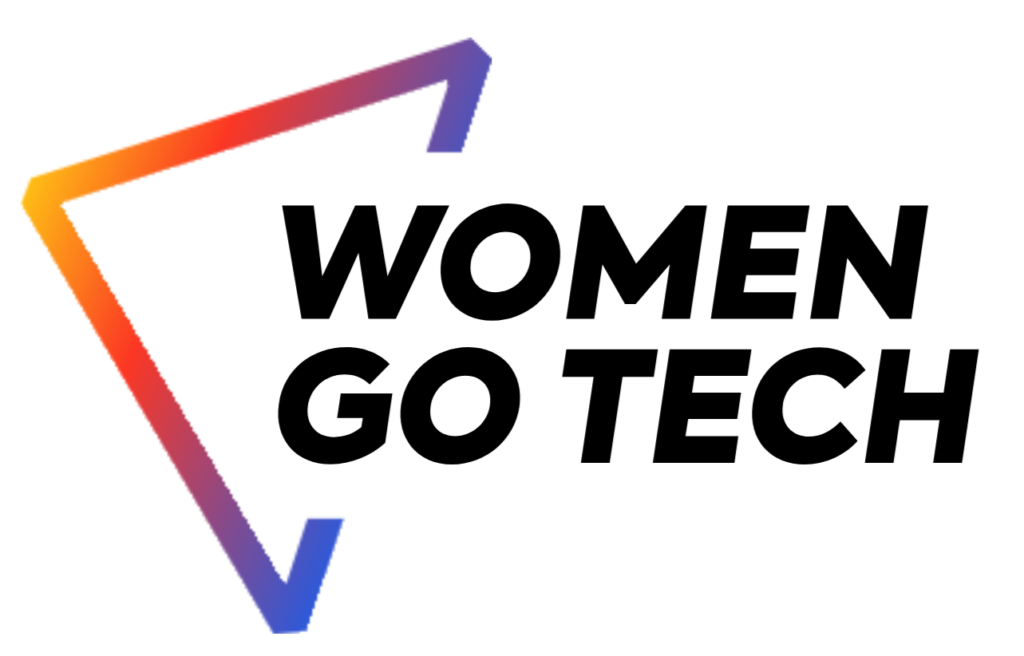Portfolio Project powered by Luminor
Transforming a Company from a Waterfall-based IT Development Organization into an Agile Organization

In today’s fast-paced tech industry, staying adaptable and responsive is key to success. This task will guide you through the process of transitioning TechSprint Solutions, a cloud collaboration platform provider, from a waterfall-based IT development organization to a more Agile one. By embracing Agile principles, we can empower our teams to collaborate more effectively, deliver features faster, and ultimately create a more satisfying work experience for everyone.
The goal is to perform a transformation on a company from a waterfall-based IT development organization into an Agile organization that embraces flexibility, collaboration, and iterative development.
By transitioning to Agile, we aim to achieve the following benefits:
- Faster time-to-market for features.
- Improved collaboration and communication.
- Increased customer satisfaction.
- Flexibility to respond to changing requirements.
Current Company Structure (Waterfall-Based)
Our company, TechSprint Solutions, is an IT organization that offers cloud collaboration platform suite called SyncWave. SyncWave is a flagship cloud-based collaboration suite designed for seamless teamwork. It caters to remote work, project management, and communication. The suite includes the following products:
- WaveDocs: A collaborative document editor (like Google Docs) that allows real-time collaboration, version control, and commenting.
- WaveTasks: An agile task management tool with customizable boards, sprints, and user stories.
- WaveChat: A team chat application with channels, direct messaging, and integrations.
- WaveMeet: A video conferencing solution for virtual meetings.
Our team structure looks like this:
- Management Team: CEO, CTO, CFO, HR Manager
- Product Team:
- Product Owners (POs): Each product has its own PO who prioritizes features and communicates with stakeholders.
- Business Analysts (BAs): Work closely with POs to gather and analyze requirements. Each PO has at least 1 BA.
- Project Managers (PMs): Coordinate project timelines and resources.
- Development Team:
- Software Engineers: Developers, testers, and system administrators who work on product development.
- Quality Assurance (QA): Ensures product quality through testing.
- Change Management Team:
- Change Managers: Plan and execute change requests.
- Release Managers: Coordinate software releases.
Development Process:
Waterfall Model: Sequential phases (requirements, design, development, testing, deployment) with minimal feedback loops.
Challenges: Slow response to change, lack of collaboration, and rigid processes.
Key Tasks for a Successful Transition
- Educate the Team: Create a plan of how the communication about the organizational change will be done and how employees will be introduced to the new way or working.
- Form Agile Squads: Create cross-functional teams (squads) specifically catered for TechSprint Solutions.
- Adopt an Agile Framework. Consider adopting Scrum, Kanban, or another Agile framework that suits your team’s needs. Clarify how work will be measured, registered and tracked.
- Promote Collaboration. Encourage open communication and information sharing between teams. Decide on Agile ceremonies, responsibilities, duration and frequency.
- Measure Progress and Adapt. Decide which Agile metrics will be used and what is going to be considered to measure success and productivity.
- Cultural Shift: Encourage a growth mindset and willingness to adapt.
1. The main goal of this task is to learn more about Agile and how modern IT companies operate by utilizing different Agile working frameworks.
2. The suggested way for the transition is by adopting Scrum Agile Framework, however, you are free to choose another, i.e. Kanban, XP, SAFe, etc.
3. Current organization structure gives you an idea of what the current company looks like. You are free to “fire”, “hire” or transition current employees to the new framework as you see fit. Please keep in mind though, that you are not creating a new company, but transitioning the same company to a new way or working and operating. Therefore, it is not really a company transformation, if you fire everyone from the current company, introduce a new operating model and hire all new staff to accommodate the new model.
4. Even though we are talking about “organizational change”, this does not specifically mean that all position in the current structure need to be re-arranged to the new one, as this can be quite flexible. Remember, this is a model focused on software development organizations.
5. Suggested completion time is 2-3 weeks, where we suggest to dedicate at least 1 week for exploring the relevant literature. The task can be completed individually or in a small group
This transformation is not just about processes, it’s a cultural shift. Let’s embark on this journey together and empower our teams to thrive in an Agile environment!
Recommended Reading:
- Scrum: The Art of Doing Twice the Work in Half the Time by Jeff Sutherland.
- Essential Scrum: A Practical Guide to the Most Popular Agile Process by Kenneth Rubin.
- The Phoenix Project: A Novel About IT, DevOps, and Helping Your Business Win by Gene Kim, Kevin Behr, and George Spafford.
- A Guide to Successfully Transitioning to Agile by Harvard Business Review.
- 5 Steps to Successfully Transitioning to Agile by Forbes.
- The Agile Manifesto by Agile Alliance.
- Exploring Key Elements of Spotify’s Agile Scaling Model by Kendis Team.
- HR Blog by Spotify.

Luminor is a contemporary, new-generation bank and financial services provider in Estonia, Latvia and Lithuania with a customer base of 870 000 clients and a team of over 2300 professionals.

